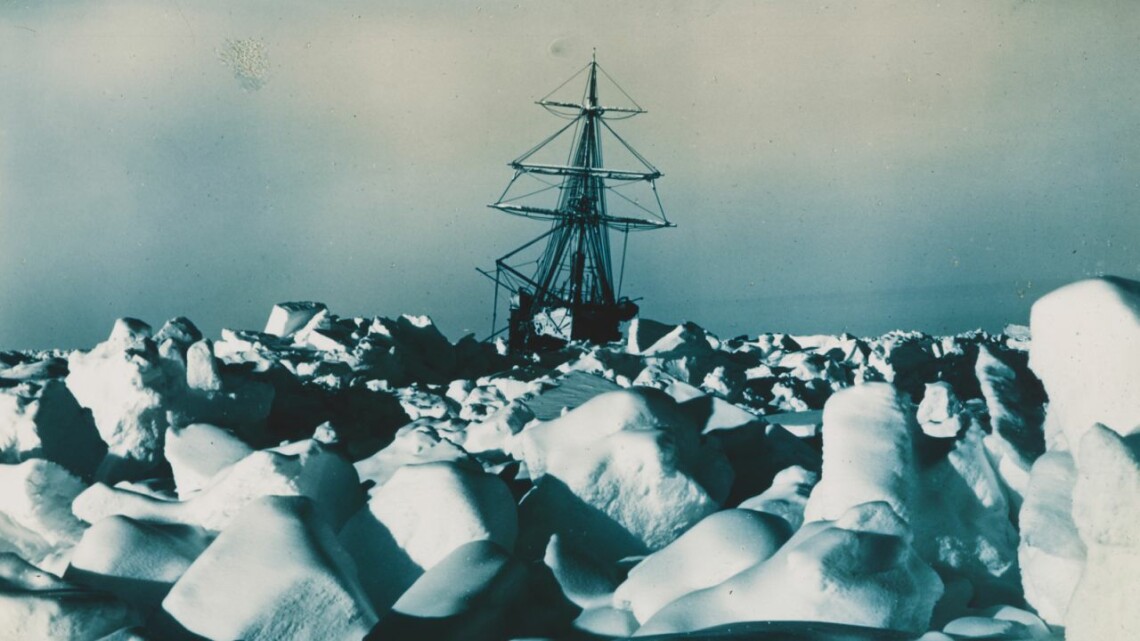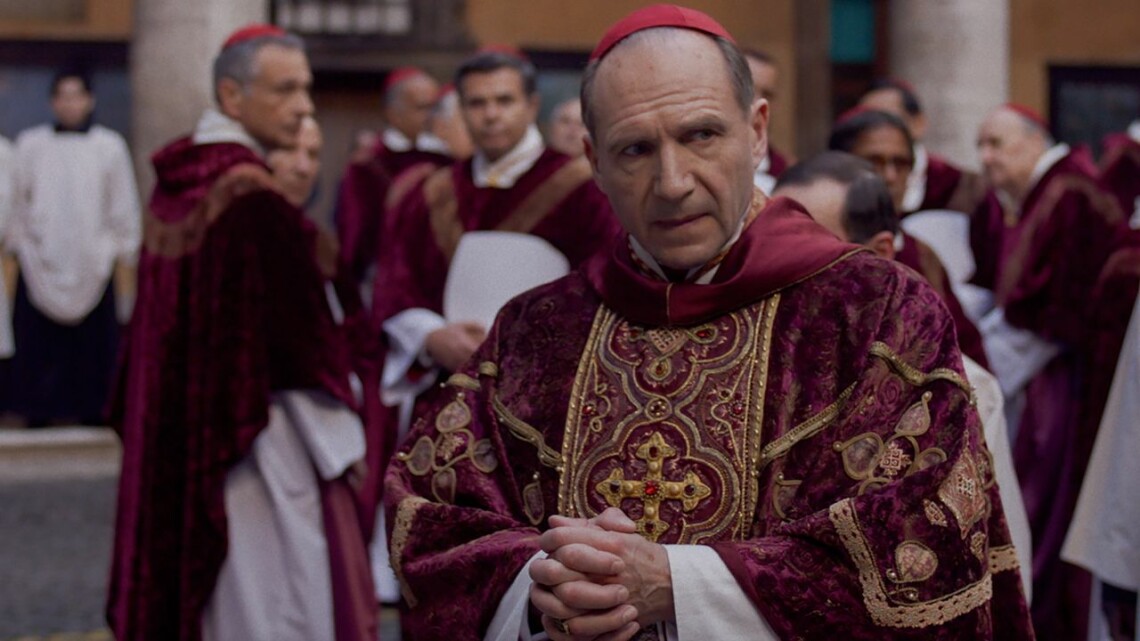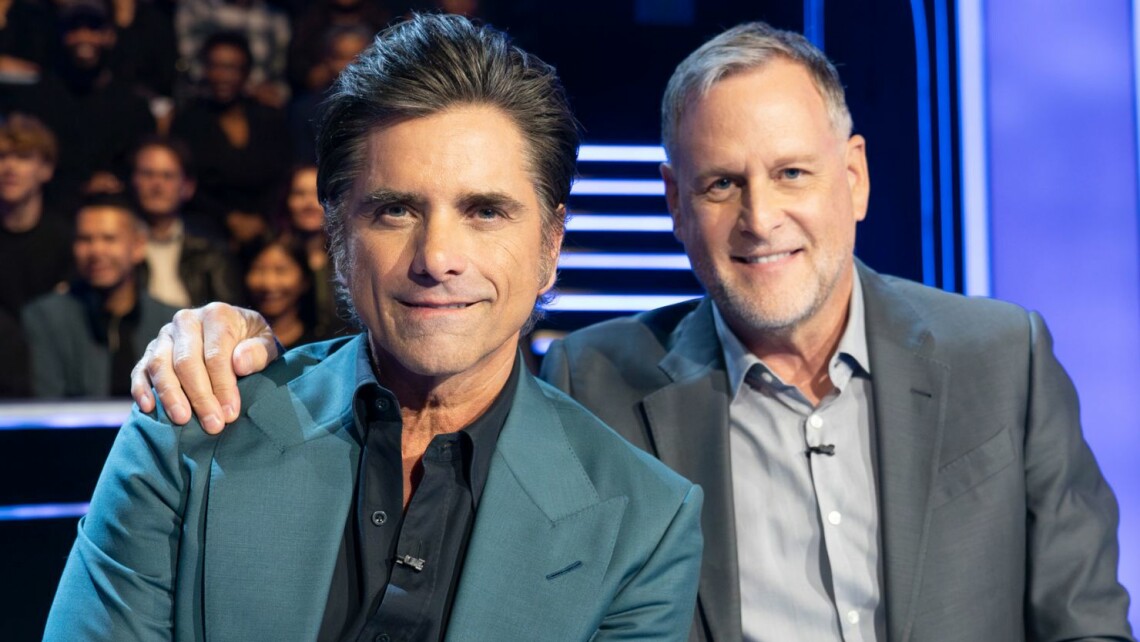Oscar-Winning Duo Faces Their Most Challenging Subject Yet with 'Endurance'

Jimmy Chin has etched his name in the annals of adventure and filmmaking, yet he remains more accustomed to capturing epic narratives than starring in them himself. As one half of the duo behind cinematic feats like “Free Solo,” “The Rescue,” and “Nyad,” alongside Elizabeth Chai Vasarhelyi, Chin shines in the world of mountaineering, immortalizing daredevils in perilous pursuits. However, during an Everest climb earlier this year, he chanced upon something that could unravel a mystery that has baffled historians for a hundred years.
Just beneath the daunting North Face of Everest, nestled in the Central Rongbuk Glacier, he discovered an antiquated boot with human remnants inside. Merely days prior, the team had uncovered a 1933 oxygen canister, sparking Chin’s curiosity about the ill-fated 1924 expedition of George Mallory and Andrew “Sandy” Irvine. These British adventurers vanished on June 8, 1924, leaving the world to wonder if they had topped Everest nearly three decades before Edmund Hillary and Tenzing Norgay’s confirmed summit in 1953. Mallory’s body was located in 1999, but Irvine, who carried a pivotal camera that might hold the truth, remained elusive.
Staring at the boot, Chin found it contained a waterlogged sock, emblazoned with the name “A.C. Irvine.” “We were dumbfounded,” Chin relayed to CNN. He likened the discovery to finding a needle in a multitude of haystacks. The finding captured headlines in October, with the remains awaiting DNA analysis to verify Irvine’s identity. The camera, however, remains hidden, though Chin suspects more relics linger frozen in that very spot.
This year, Chin has remarkably been entangled in two century-old enigmas. The second is the reason for his and Vasarhelyi’s current interview. They, along with Natalie Hewit, directed “Endurance,” a gripping recount of the hunt for the lost vessel Endurance. Commanded by Ernest Shackleton, the ship was ensnared in Antarctic ice in 1915, only to sink and strand its crew, birthing “one of the greatest survival stories ever told.”
The crew braved unthinkable hardships on the ice for months, with all 28 surviving to narrate their ordeal. Yet, the ship’s whereabouts remained unknown until the Endurance22 mission discovered it, eerily intact, at the Weddell Sea’s depths in 2022. Chin and Vasarhelyi's film revisits this tale, reviving Frank Hurley’s footage with breathtaking restoration.
In conversation with CNN, the directors explored bridging past and present, leveraging AI, and shared what bonds the figures in their films. The dialogue has been edited for brevity and lucidity.
CNN: What makes Shackleton a perpetual source of intrigue and inspiration?
Chin: There’s a shared belief that his tale is one of the most compelling survival stories, symbolizing human potential, spirit, and leadership.
Vasarhelyi: We both grew up with Shackleton’s saga. Lansing’s book is a personal favorite. Each retelling offers fresh insights.
CNN: The film doesn't shy away from past failures to find Endurance. Were you optimistic about its discovery?
Vasarhelyi: Initially hopeful, but optimism waned as time passed. That’s the essence—high risk, high reward. The ship stayed hidden for a century. The film delves into time, exploration audacity, ingenuity, and grit.
CNN: How did you react to the ship’s discovery?
Vasarhelyi: We were in the Dominican Republic filming “Nyad” when we heard. Instantly, it was clear: this is a feature film. Witnessing those images, all the myths surrounding Shackleton, and seeing it preserved after 110 years makes one ponder the crew’s survival.
CNN: How significant is it that Frank Hurley’s Shackleton voyage footage endured?
Chin: As someone who started with slide film, I understand the burden of preserving such work. Under survival’s edge for over a year, they safeguarded these glass plates, an unimaginable effort. The photographs and footage evoke profound respect for their dedication.
CNN: The footage now appears newly restored and in color. How did this transformation occur?
Vasarhelyi: The BFI has preserved Hurley’s work, historically resisting color treatment. A meaningful collaboration allowed us to treat—not colorize—the footage. Hurley’s eye was exceptional. Coupled with AI voices, capturing their writings, it’s an entirely new historical experience. Goosebumps.
CNN: Considering your tactile filmmaking, how does the AI integration in this film fit?
Vasarhelyi: The story unfolds through crew diaries, offering first-person narratives. If original recordings were available, we revived their words with AI voices. The effect was startlingly effective, heralding a novel historical narrative. While AI presents pitfalls, it’s vital to pursue ethical and legislative standards, especially in our field.
CNN: What shared traits do the extraordinary individuals in your films possess?
Vasarhelyi: Jimmy and I might differ here.
Chin: An inherent optimism unites them. They envision possible outcomes, however implausible—whether preserving millions of acres in Chile or scaling El Capitan without a rope. Shackleton’s crew held hope in dire straits.
Vasarhelyi: I ponder belonging and connection. Shackleton, an outsider, sought his mark. Alex Honnold, initially unable to connect, found love through his daring journey. Even Kris Tompkins, fulfilling her husband’s dreams, found her voice. These narratives resonate as I’ve felt like an outsider. Connection is central, applicable to why our films resonate across generations, uniting viewers in shared experiences.
“Endurance” debuts on Disney+ from November 2.


